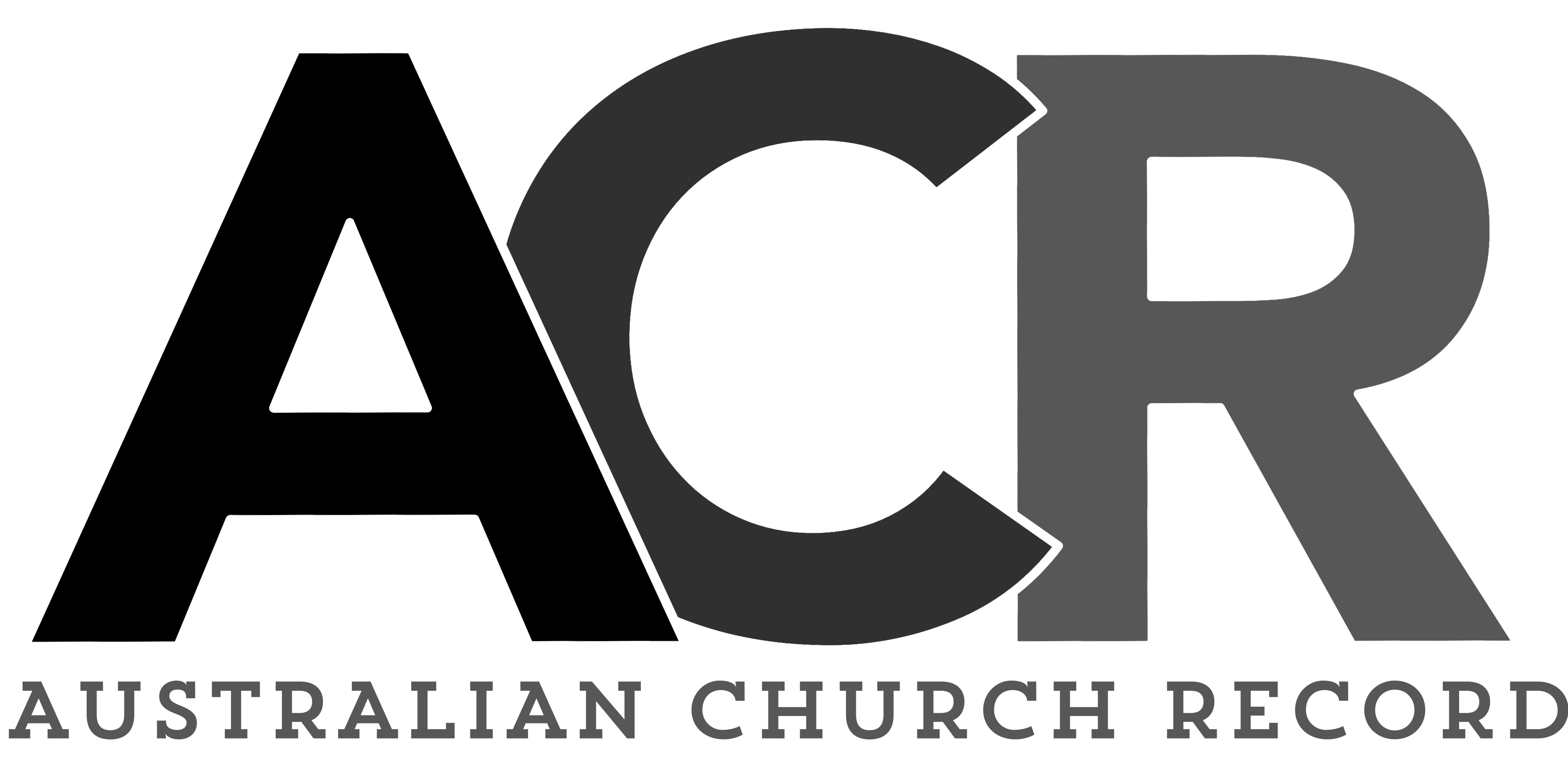Interview with Jane Tooher (Director of the Priscilla & Aquila Centre)
Since 2011 Jane Tooher has been Director of the Priscilla & Aquila Centre (P&A): a centre whose stated mission is to benefit women and to encourage their ministries in partnership with men. We chat to Jane about possible blindspots and barriers to effective complementary partnerships in ministry.
From its inception, P&A has sought to think seriously and creatively about the practicalities of men and women working together in ministry (rather than just theorizing about it), has this been an easy focus to maintain?
We always want to build our practice from what Scripture says. That is what we are keen to maintain. There are so many ways men and women can minister together, so there are endless opportunities about what the practice of men and women ministering together can look like. But the reality is that it takes time – looking at Scripture, thinking about different ideas, talking about things that might work with others, giving some things a go, and then reflecting on those experiences. It’s worth it, but it takes time and effort to keep the focus.
You’ve been P&A Director for seven years now, and were considering these issues for some time before then, what are some blindspots you’ve noticed over that time?
There are two key blindspots that some complementarians can have. One is knowing what they think about certain passages like 1 Cor 11:1-16 & 1 Tim 2:8-15, but not really getting complementarianism theologically. That is, not really getting what it means to be a man and what it means to be a woman, and the fact that the church misses out without one sex. A second common blind spot is encouraging what they think is complementarianism, but all too often it is separatism. There is a time and place for single sex ministries, but if that’s basically all we’re doing plus a regular Sunday service without much creativity, we may not have thought very seriously and creatively about complementarianism: about how men and women actually minister together.
P&A seeks to encourage and support women to undertake postgraduate study and also to write and publish on Christian topics. What are some of the barriers to more women getting involved in these fields?
More and more women are undertaking postgraduate study and writing projects, which is excellent. Yet one of the biggest barriers is financial. If a woman needs to do paid work to pay for everyday expenses, this then impacts her time and flexibility to be able to research and write. I hope in the future that P&A will have a postgraduate scholarship.
There are more opportunities for women to write nowadays in a variety of forums, e.g. blogs, social media, websites, articles, books etc. So if women are keen to write, there are many avenues now open for them. Groups like the Australian Church Record and The Gospel Coalition Australia are keen for women to submit articles and blog posts for them. There are also groups, such as Matthias Media, who host training workshops on how to write (for men and women).
The P&A conference is coming up in early February, what do you think will be some highlights?
The whole day will be a highlight! Our original plenary speakers Gary and Fiona Millar had to pull out, but it’s great that Pete Tong has agreed to speak. Pete will be looking at the roles women play at key points in the gospel of Luke including Jesus’ birth, passion and resurrection. Then we’ll see how Luke weaves his presentation of women amongst other major themes in the Gospel such as discipleship and Jesus treatment of the lowly. By the end of the morning we’ll be able to weigh the evidence and decide how Luke portrays women and through this have a deeper grasp of God’s purposes for men and women in his kingdom.
For more details about the P&A Centre and Conference (coming up on 5 Feb) visit the P&A website.

